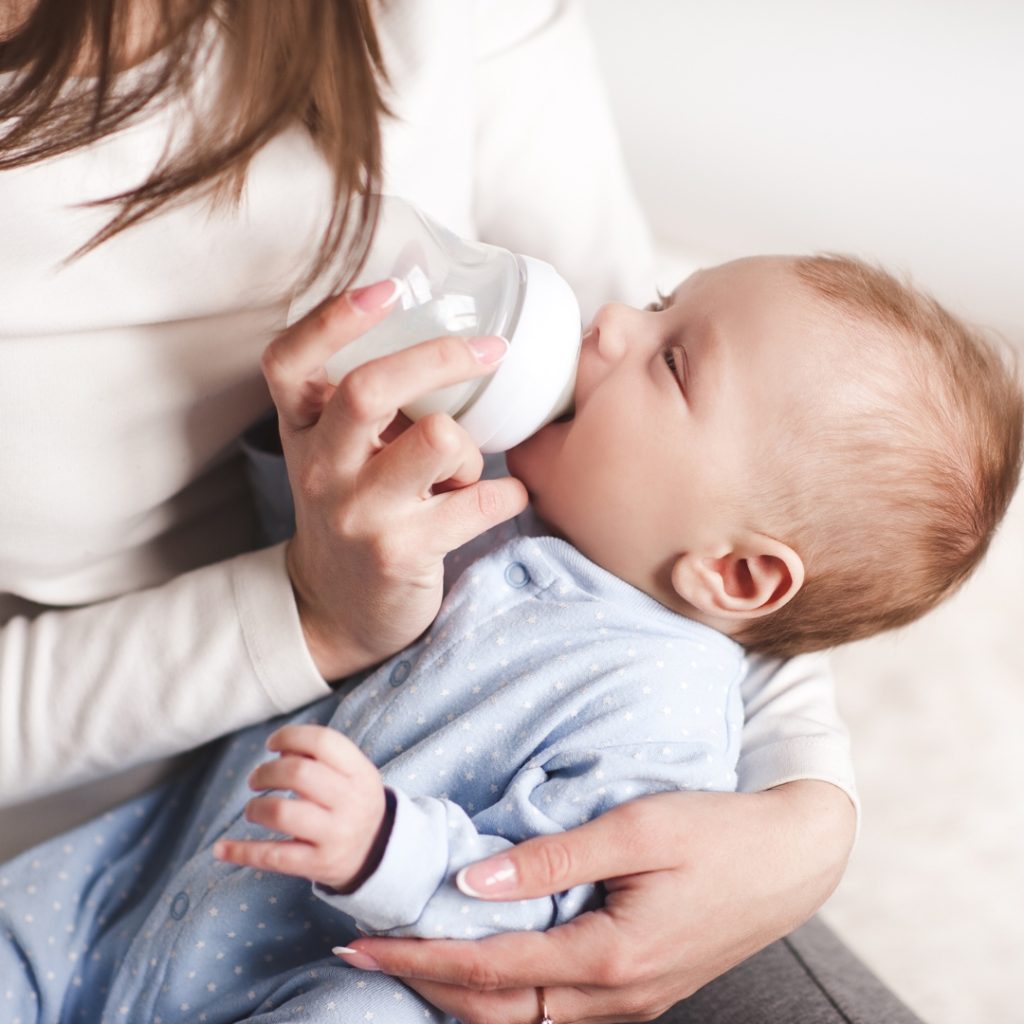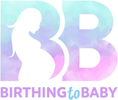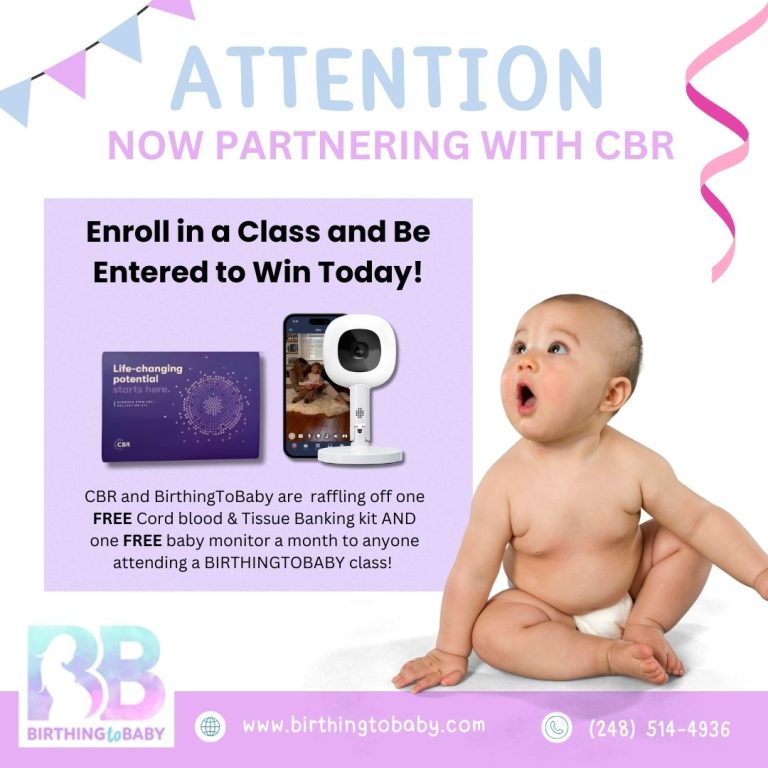Baby-Led Weaning vs. Traditional Purees: Which is Best for Your Baby?

Introducing solids is a major milestone, and parents often choose between baby-led weaning (BLW) and traditional purees. Both methods have benefits, and the right choice depends on your baby’s readiness and family preferences.
Traditional Purees
This method involves spoon-feeding smooth or mashed foods before transitioning to thicker textures. Pros: Easy to digest, allows controlled nutrient intake, and smooth textures suit beginners. Cons: Limits self-feeding skills and may delay texture exploration.
Baby-Led Weaning (BLW)
BLW skips purees and encourages babies to self-feed soft, whole foods. Pros: Promotes independence, enhances motor skills, and encourages family mealtime participation. Cons: Messier process, requires careful food preparation, and may increase choking concerns.
Which is Right for Your Baby?
Some parents combine both methods, starting with purees and gradually introducing self-feeding. The key is following your baby’s cues and ensuring a balanced, safe diet. No method is “better” — the goal is a positive feeding experience!
Both baby-led weaning and traditional purees offer unique benefits, and each method can support your baby’s transition to solid foods in different ways. Whether you opt for the controlled approach of purees or the hands-on, exploratory nature of baby-led weaning, the most important goal is to ensure your baby is safe, well-nourished, and developing a healthy relationship with food. Remember, the journey to solids is a gradual one, and adapting your method to your baby’s needs can lead to a more enjoyable mealtime for the entire family.






